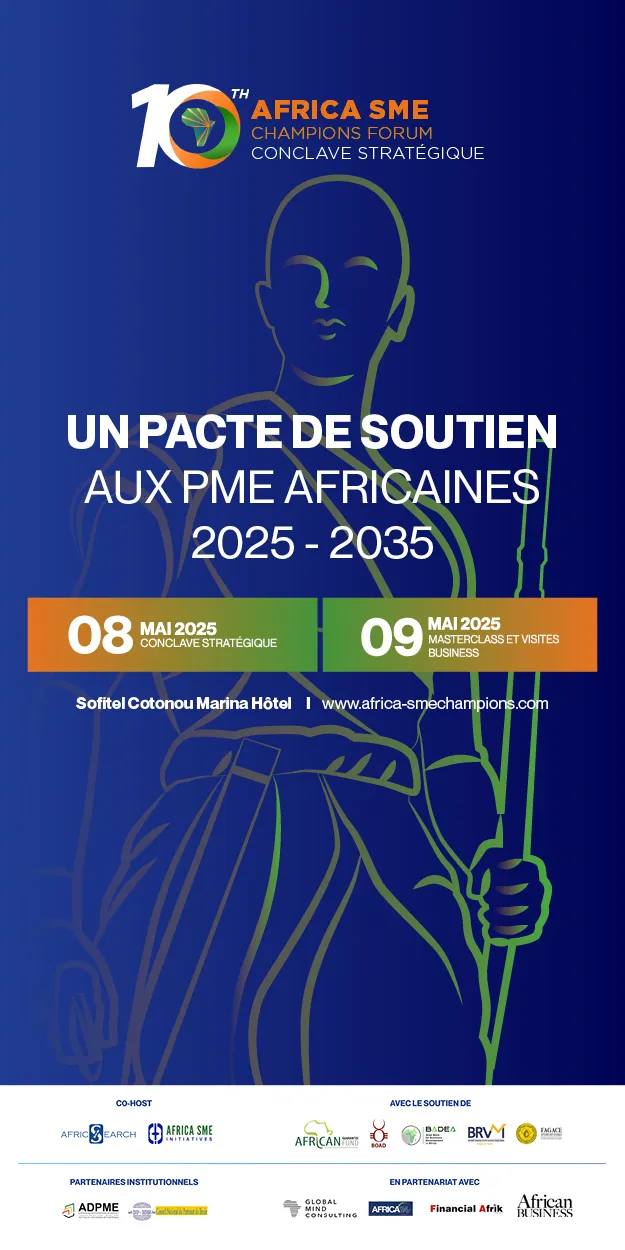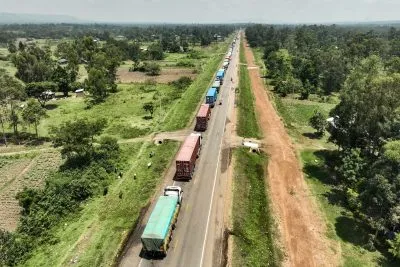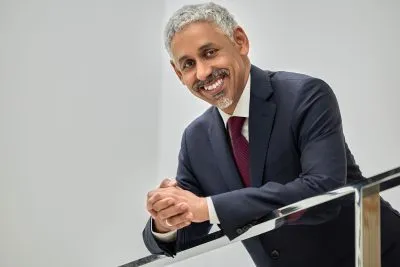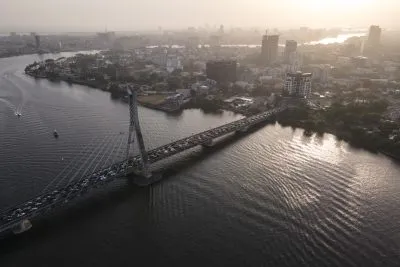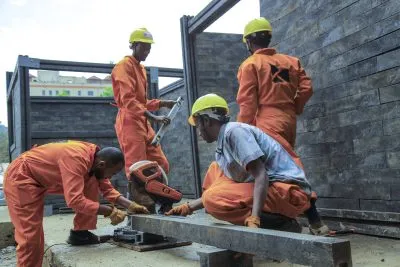Banks grow and banks fail but some things always seem to stay the same. Standard Bank Group remains, as ever, the biggest bank in Africa.
Its Tier 1 capital has increased from $10.3bn last year to $12.9bn in our 2014 survey, while FirstRand has fallen from second to third place, with an accompanying decline in capital from $7.6bn to $4.4bn.
Nedbank Group remains in fourth position, despite a fall from $5.1bn to $4.2bn but the big change at the top of our table is the emergence of Barclays Africa Group (BAG). Most of Barclay’s African operations have now been brought under the BAG banner, including the final member of South Africa’s four big banks, Absa Group. The new company takes second place in our table with Tier 1 capital of $8.1bn.
The British firm has transferred control of its Botswanan, Ghanaian, Kenyan, Zambian and South African operations to the new company in exchange for a 62.3% stake. BAG will also manage Barclays’ Egyptian and Zimbabwean subsidiaries with a view to taking them over in the longer term.
The head of business coverage, Tezza Bryant, explained: “The only reason we had not done that up front is: how do we accurately value the entities at a time when there is turbulence locally?”
$703m – FirstRand announced that it intends to invest R10bn ($703m) to fund its expansion across the continent.
Mizinga Melu has been named as the first chief executive of Barclays Africa Regional Management, and will be in charge of the country managing directors of all Barclays Africa’s businesses, with the notable exception of South Africa.
Bryant said: “Africa is one of our corporate pillars across the group. I think the story for Africa is growth, not contraction. From an organic point of view, we are looking to grow across all of our markets.”
He added that the company is eager to expand its small- and medium-sized enterprise (SME) operations over the next five years and said: “As a landscape, the SME sector is extremely vibrant and fast-moving. From a banking point of view, this poses serious challenges for more traditional and conservative banks, because to be able to move with the times and with needs of customers can be quiet hectic.”
Morocco’s two biggest banks, Attijariwafa Bank and Banque Centrale Populaire, swap positions in fifth and sixth place but both have enjoyed substantial capital increases and have closed the gap on most of their South African counterparts. With South African and Moroccan banks both moving into sub-Saharan Africa, it will be interesting to see how strongly they begin to compete with each other.
Another South African company, BCME Bank Group, joins them in the top 10, moving up from 15th position to ninth, with a rise in capital from $1.8bn to $2.1bn.
Want to continue reading? Subscribe today.
You've read all your free articles for this month! Subscribe now to enjoy full access to our content.
Digital Monthly
£8.00 / month
Receive full unlimited access to our articles, opinions, podcasts and more.
Digital Yearly
£70.00 / year
Our best value offer - save £26 and gain access to all of our digital content for an entire year!

 Sign in with Google
Sign in with Google 